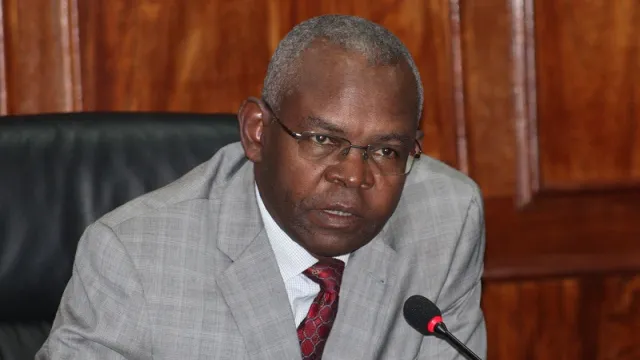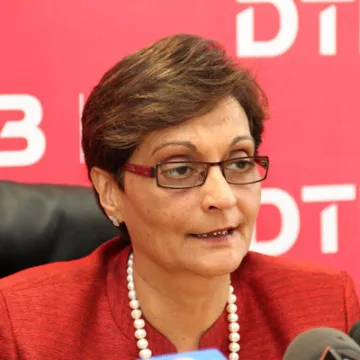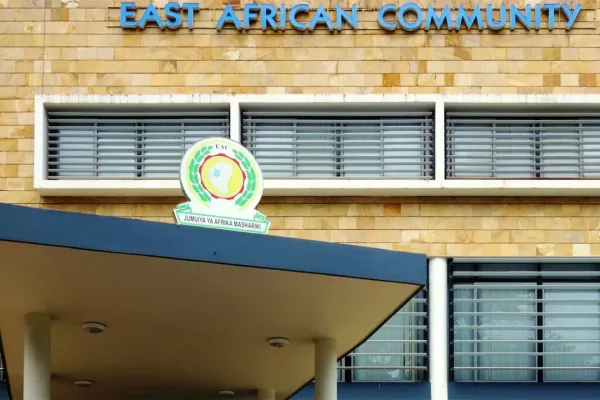As bad loans swell, bankers ask CBK to cut interest rate further

Central Bank Governor Dr. Kamau Thugge, who will be hosting the regulator's Monetary Policy Committee tomorrow, 7th October, 2025.
Bankers have called on the Central Bank to further cut the benchmark lending rate when the Monetary Policy Committee (MPC) meets on Tuesday, 7th Oct, 2025 arguing that the banking sector continues to suffer from elevated levels of non-performing loans amid a period of low inflation in the country.
In a research note released earlier this month, the Kenya Bankers Association (KBA) stated that the MPC should consider easing the cost of credit because projected inflation remains well within the CBK's target range of 5 percent.
"Private sector credit, despite the positive investor sentiment, remain under strain amidst elevated NPLs," KBA noted in their survey, adding: "With stable core inflation and manageable risks on price stability, there is scope for a cautious easing of monetary policy, thereby signaling a further reduction in interest rates to support credit growth and stimulate stronger economic activity.
NPLs are loans, overdrafts or other financial guarantees extended by banks to borrowers where the principal or interest repayments have remained due for more than three months or 90 days. Usually, a high NPL ratio is a pointer to economic stress and can weaken the banking sector.
Statistics from the banking industry show that Kenya's private-sector credit grew by 3.3 percent in August, reflecting its seventh successive mild growth since its 2.9 percent dip suffered in January.
Despite this, asset quality remains a major concern, with the ratio of non-performing loans in the market increasing to 17.6 percent as of June, reflecting a 20-year high in Kenya's banking industry. Previously, the CBK has sounded a warning that NPL ratio could hit 21.2 percent by December this year.
"With declining money market interest rates, there is a notable recovery in the equity market with investor sentiment in Kenyan assets showing resilience, consistent with the recovery evident in the global equity markets, where global equities are now trading at (or above) levels observed at the start of 2025," KBA observed.
The CBK's latest review of the benchmark interest rate was undertaken in August when the MPC lowered it to 9.5 percent, marking a seventh cut in a row.
Last month, when the U.S. Federal Reserve slashed interest rates by 25 basis points to 4 percent under pressure from President Donald Trump, the cut saw the Dow Jones Industrial Average (Dow) edge higher, the S&P 500 remain flat, and the Russell 2000 outperform as smaller firms secured affordable loans.
For Kenyan investors, U.S. Fed policy shifts are expected to shape KES/USD rates, global bond yields, and rate-sensitive NSE sectors such as property, infrastructure and banking, thereby creating opportunities in small- and mid-capitalized equities, and global bonds.
Currently, CBK data shows that the shilling is trading at 129.24 on average to the USD a factor which has seen KBA cite as another reason for further benchmark interest rate cut.
"The Kenya Shilling remains stable, supported by strong foreign exchange reserves, resilient remittances, a stable current account deficit and ensuing favorable interest rate differentials with the recent Federal reserve rate cut," added KBA.





